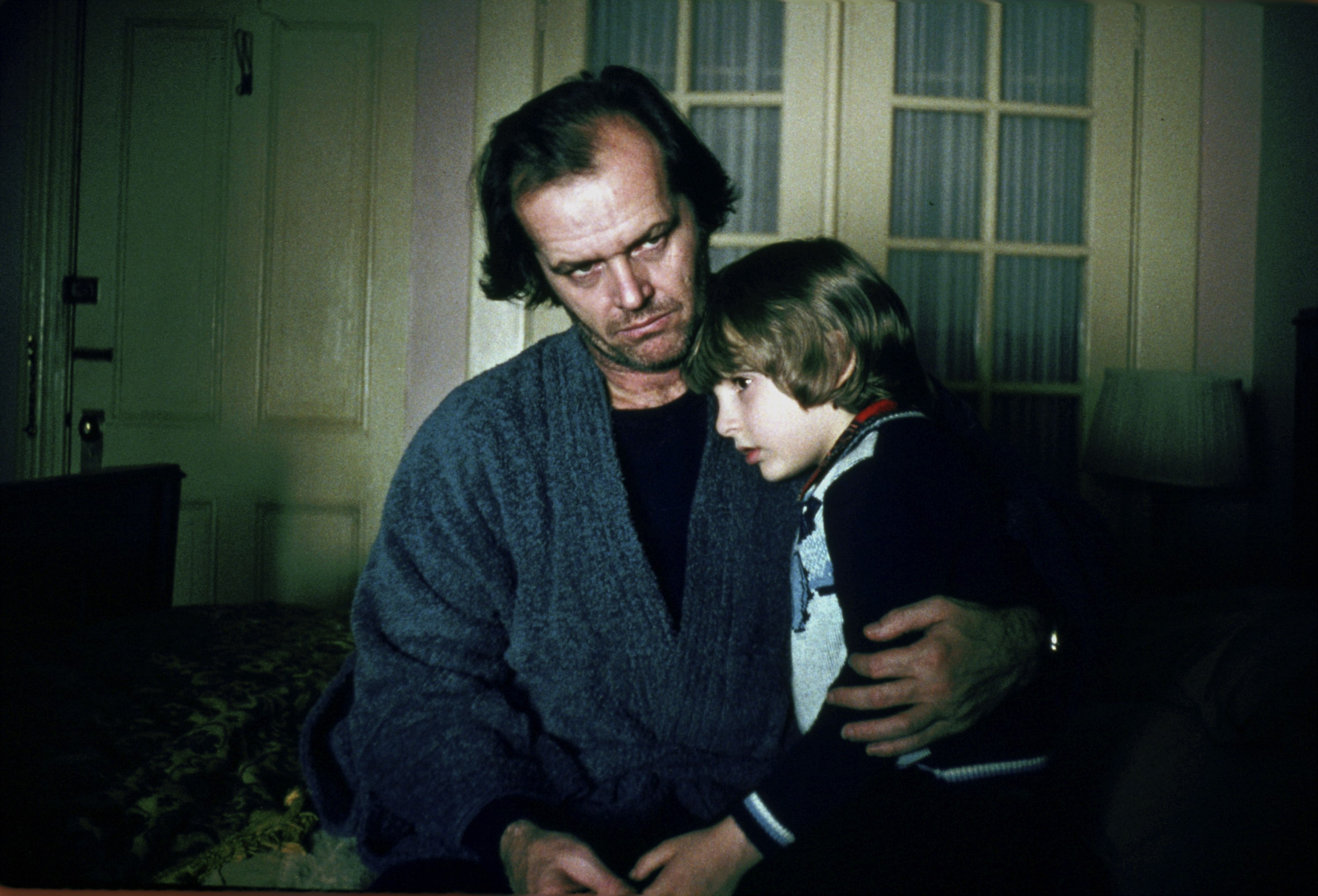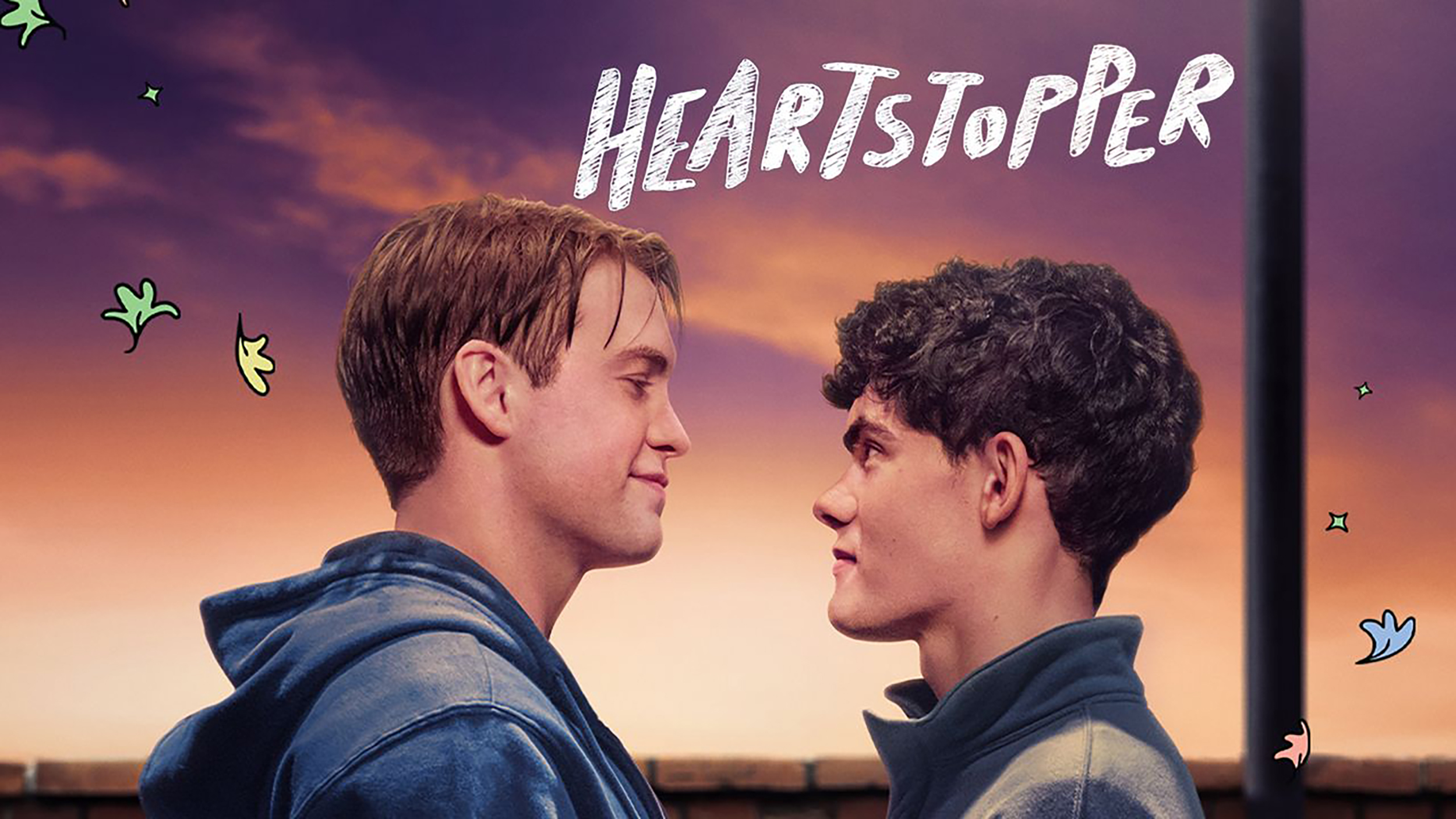The Shining: A Masterpiece of Psychological Horror and Cinematic Brilliance
The Shining (1980), directed by Stanley Kubrick and based on the novel by Stephen King, is widely regarded as one of the greatest horror films ever made. With its chilling atmosphere, unsettling visuals, and psychological complexity, the film transcends the traditional horror genre to become a deeply disturbing meditation on isolation, madness, and the darkness that can consume the human mind.
Set in the remote and snowbound Overlook Hotel, The Shining tells the story of Jack Torrance (played by Jack Nicholson), an aspiring writer who takes a winter caretaker job at the hotel, bringing along his wife Wendy (Shelley Duvall) and their young son Danny (Danny Lloyd). Isolated from the outside world, the family begins to unravel as supernatural forces in the hotel — and Jack’s own inner demons — begin to take hold.

Nicholson’s portrayal of Jack Torrance is iconic. His descent from a frustrated, moody writer to a violent, deranged man is terrifyingly gradual and brilliantly performed. His increasingly unhinged behavior, punctuated by the infamous “Here’s Johnny!” scene, becomes a symbol of the thin line between sanity and madness. Shelley Duvall delivers a vulnerable and emotionally raw performance as Wendy, while young Danny Lloyd is hauntingly effective as Danny, whose psychic abilities (called "the shining") allow him to see the hotel’s ghostly horrors.
Kubrick’s direction is meticulous and atmospheric. Using long, slow tracking shots, unsettling symmetry, and haunting music, he creates a sense of dread that builds steadily. The Overlook Hotel itself becomes a character — vast, labyrinthine, and full of eerie secrets. The iconic imagery, such as the twin girls in the hallway, the blood-filled elevator, and the hedge maze, contributes to the film’s lasting impact on popular culture.
One of the most compelling aspects of The Shining is its ambiguity. Kubrick strips away many of the more supernatural elements from King’s original novel, leaving the audience to wonder: are the ghosts real, or is Jack simply going insane? This ambiguity deepens the psychological horror and invites endless interpretation. The film touches on themes of abuse, alcoholism, domestic violence, and the cyclical nature of trauma, all cloaked in the guise of a ghost story.

The sound design and musical score play a crucial role in heightening the terror. From the screeching violins to the echoing footsteps down empty hallways, every auditory detail is carefully crafted to unsettle the viewer. Combined with the cold, geometric visuals and claustrophobic atmosphere, The Shining is as much a sensory experience as it is a narrative one.
Though initially met with mixed reviews and famously criticized by Stephen King himself, The Shining has since become a cult classic and a critical darling. Its legacy continues to influence filmmakers, writers, and audiences worldwide.
In conclusion, The Shining is not just a horror film — it is a cinematic exploration of madness, fear, and the human psyche. With its unforgettable performances, haunting visuals, and layered storytelling, it remains a cornerstone of psychological horror and a testament to Stanley Kubrick’s visionary filmmaking.

